How America's money has changed over time
The evolution of America's iconic currency
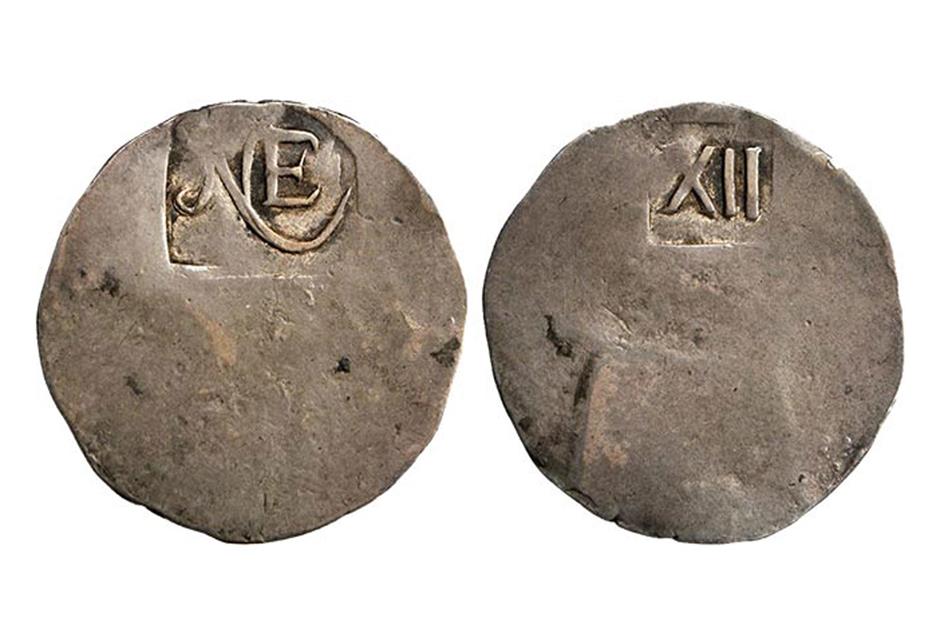
The currency Americans use every day has undergone some major changes over the centuries. As Maya Angelou becomes the face of a new quarter, read on as we chart the evolution of America's currency from colonial times to the 21st century – and reveal how the look of the money has transformed through the ages.
Currency chaos
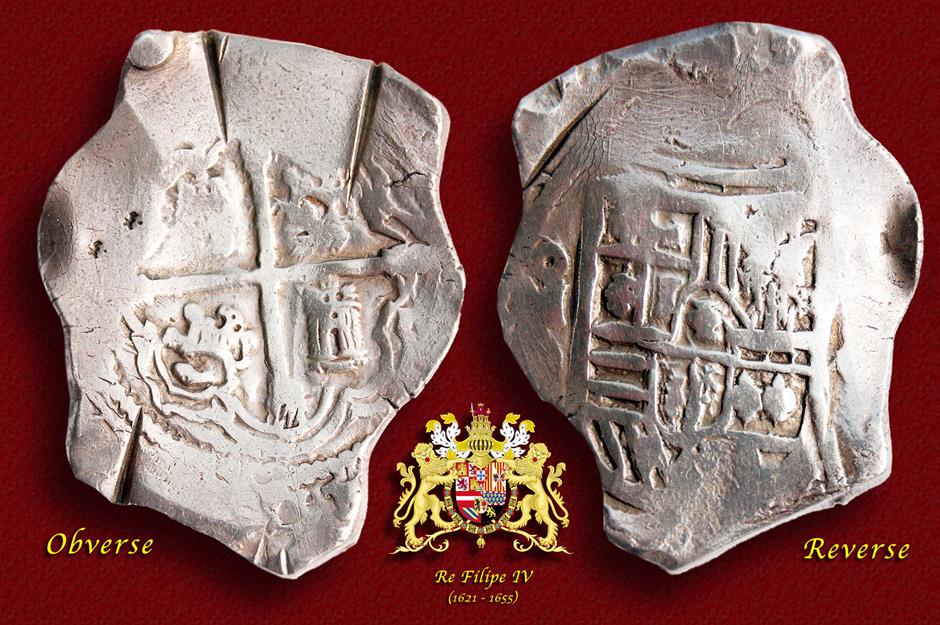
Massachusetts pound coins
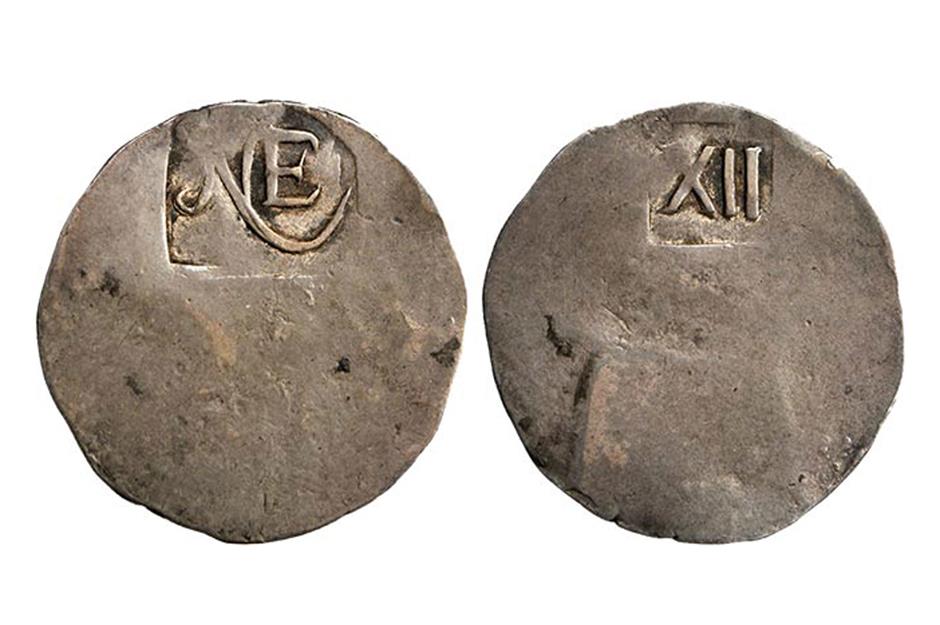
King Charles I was executed in 1649 and a republic was established in England. Taking advantage of the crisis across the pond, the Massachusetts Bay Colony declared independence in 1652 and the Boston Mint began producing simple silver shilling coins marked 'NE' (New England) for the breakaway colony that same year. The Massachusetts pound was based on pound sterling with 240 pence to the pound. In November 2021, one of only a few-dozen known examples sold at auction for $351,912 after being discovered in a candy tin in Northumberland, England.
First American notes
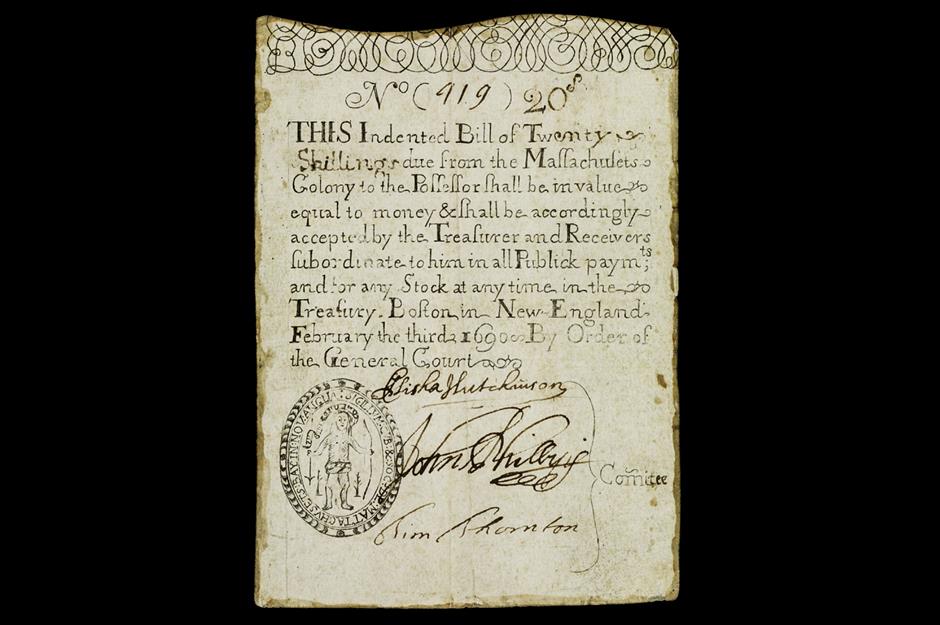
Colonial currencies
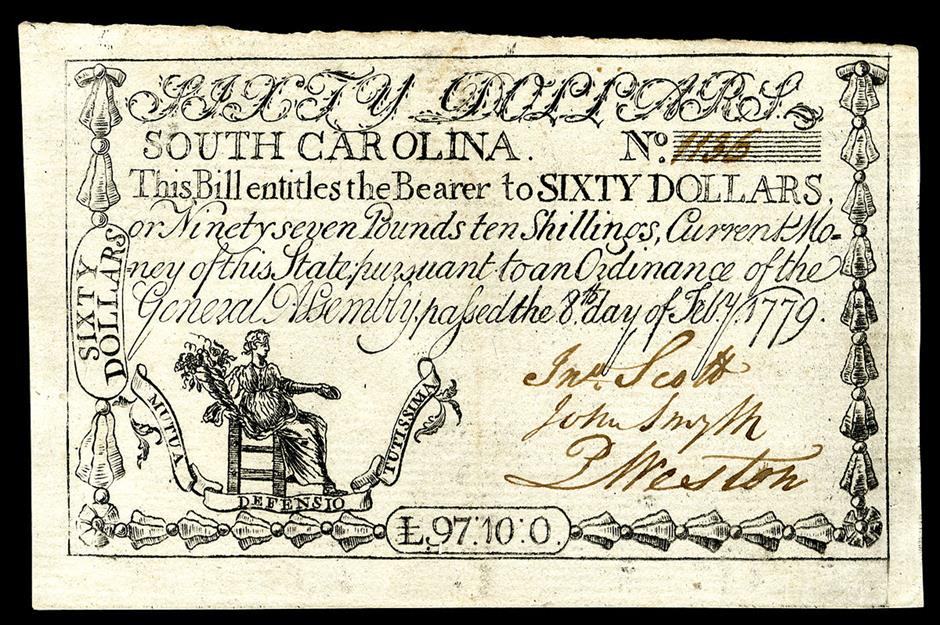
Continental currency
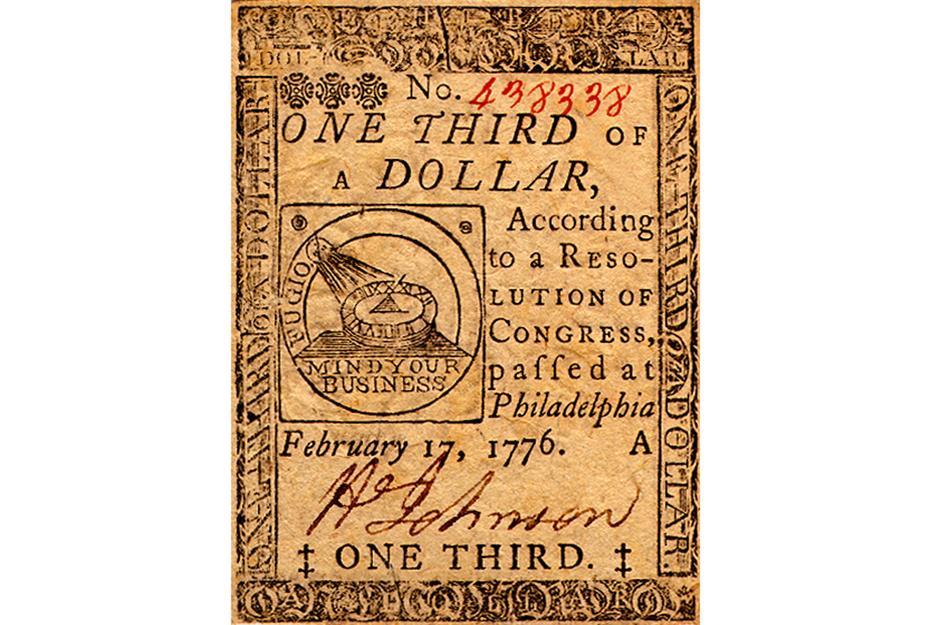
Nova Constellatio
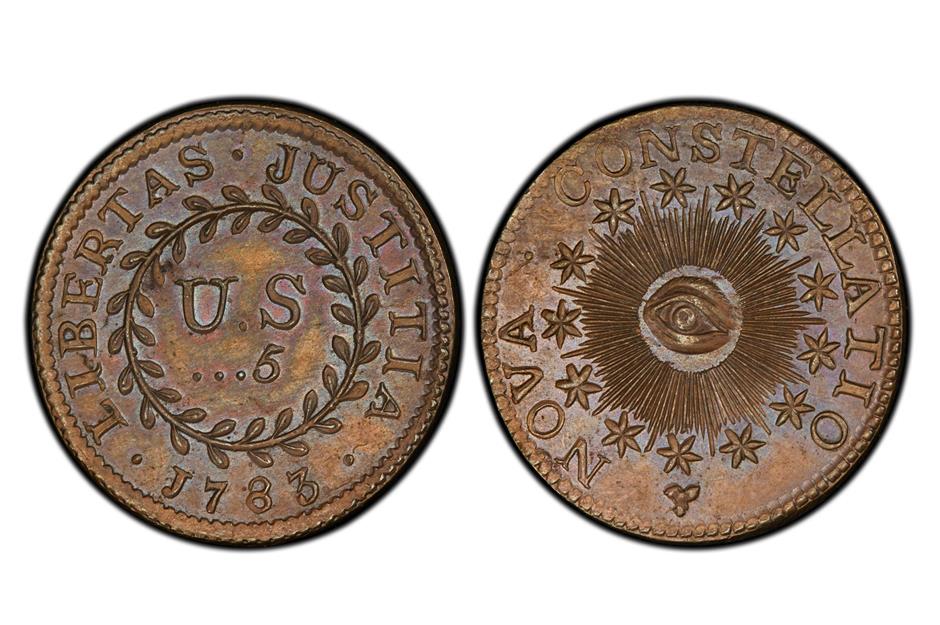
US dollar creation
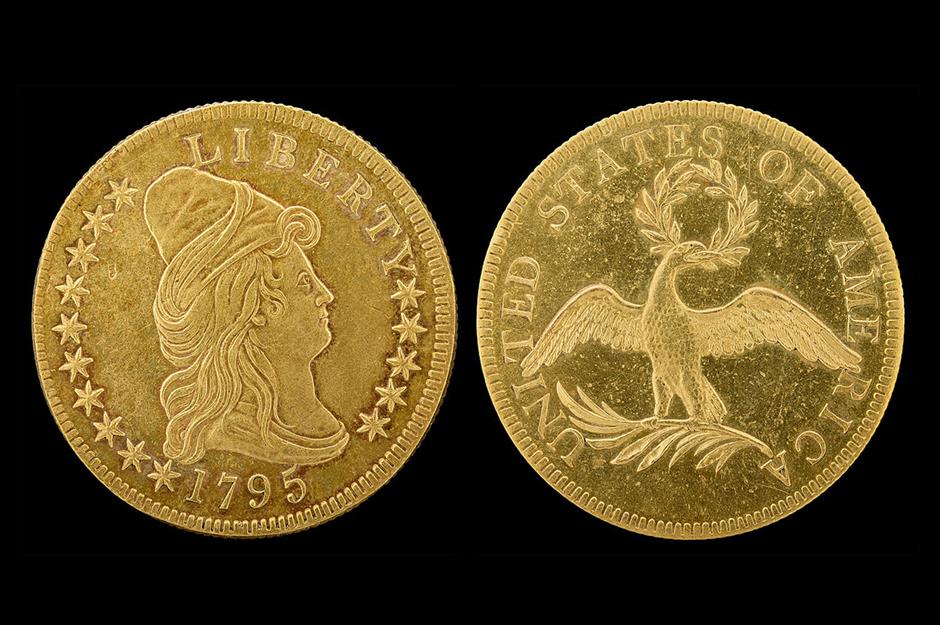
First US dollar coin
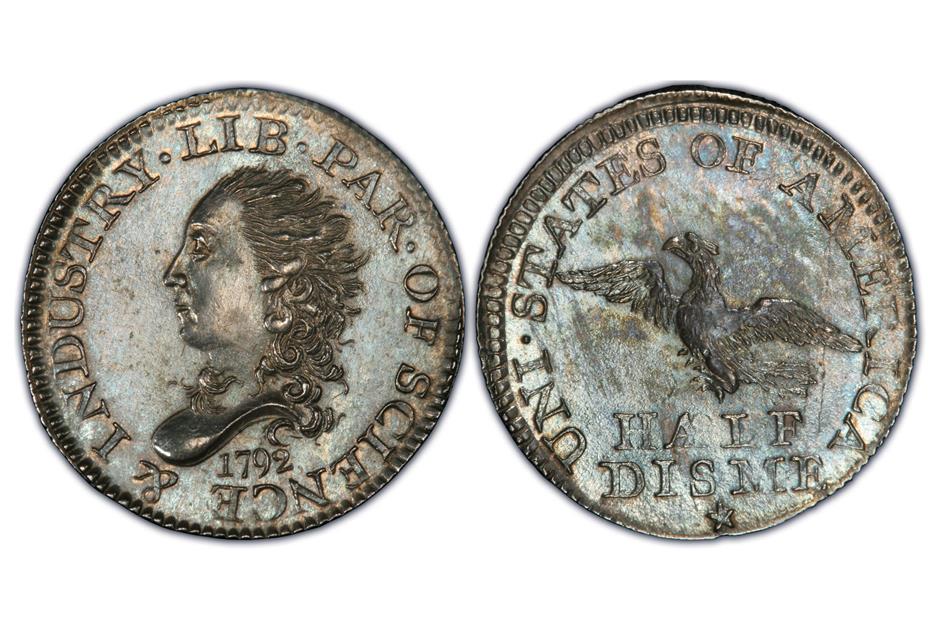
Early coins
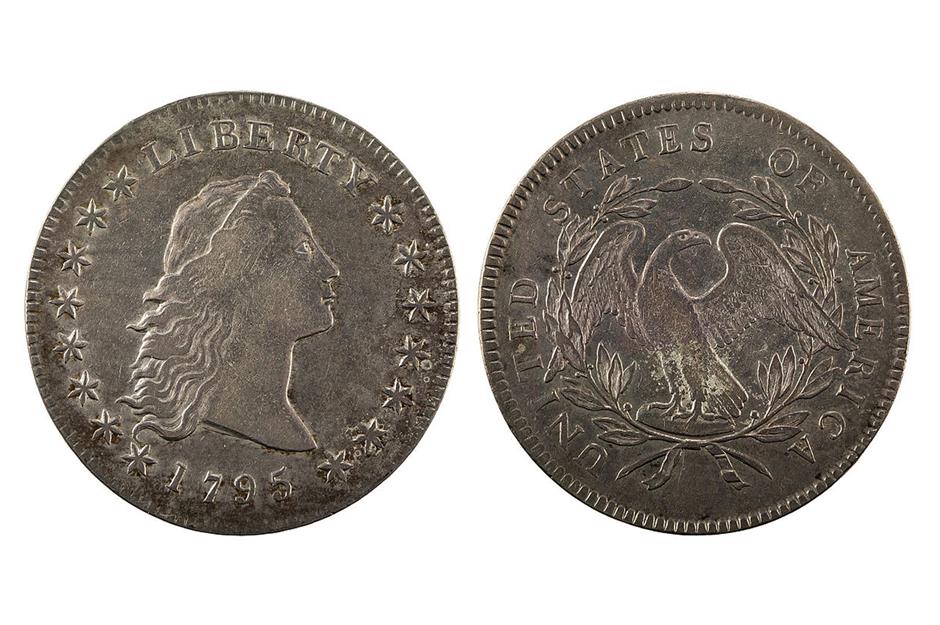
Apart from a one-off gold eagle featuring George Washington that was minted in 1792 as a memento for the president, these early coins did not feature presidents. The Founding Fathers were keen to distance the republic from the old monarchies of Europe, which depicted kings and queens on their money. Instead, the early dollars had a personification of Liberty on one side and a bald eagle on the other, often known as the Flowing Hair dollar (one example of which, dating from 1794, sold for a staggering $10 million in 2013). In fact, presidents didn't appear on US currency until the latter half of the 19th century.
All-new coins
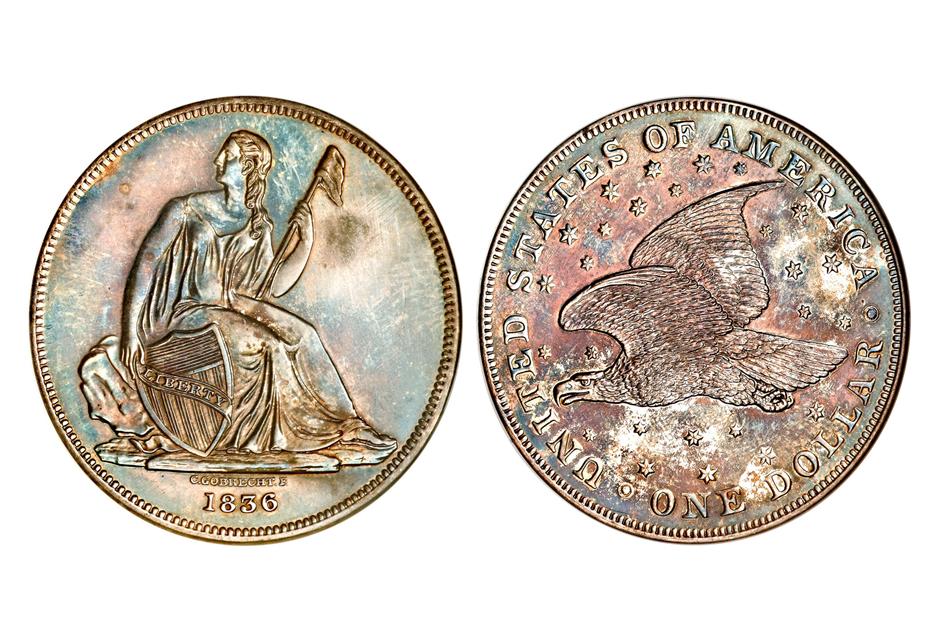
Paper money
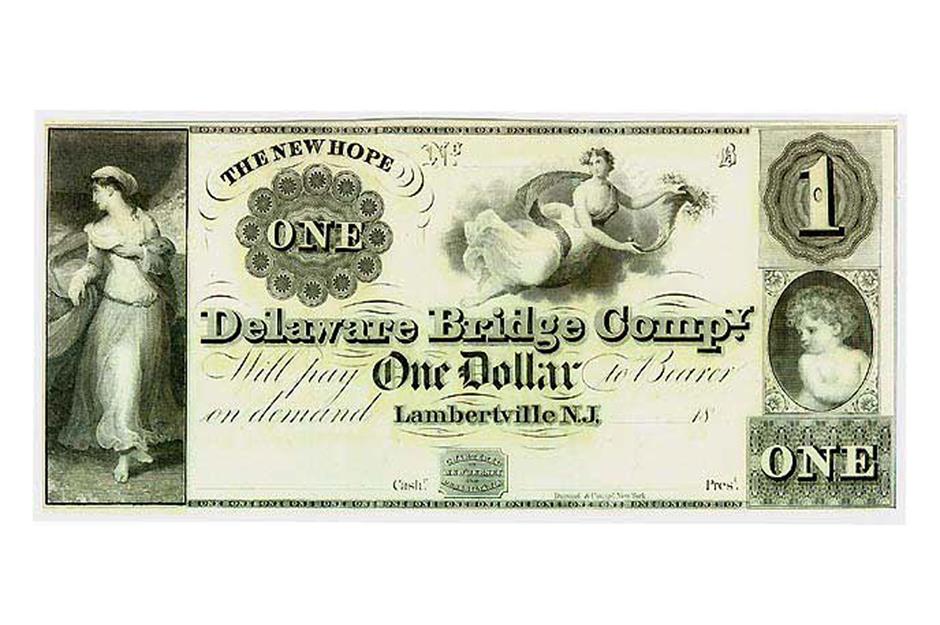
Free for all
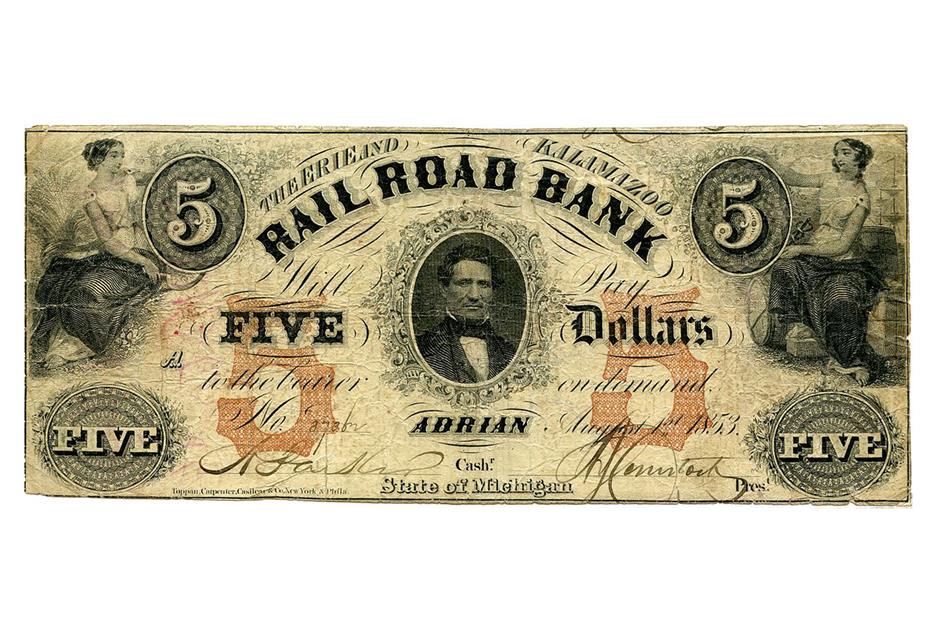
United States Notes
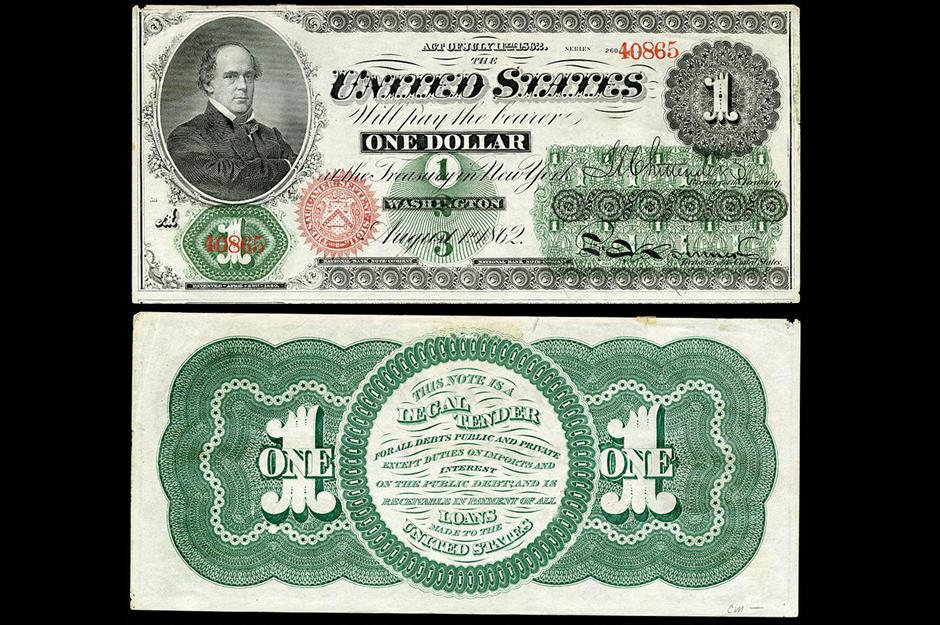
Supersized bills
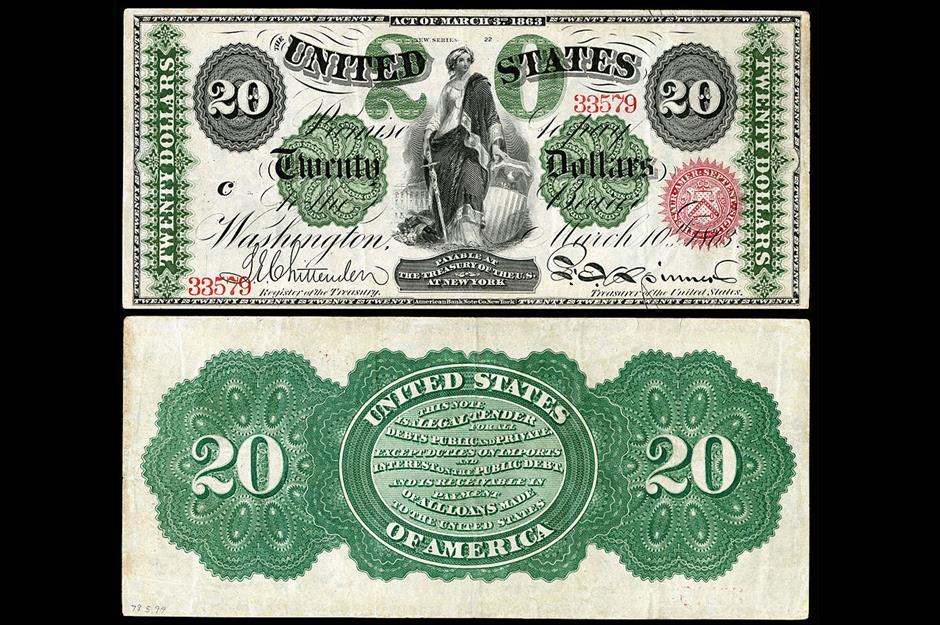
Gold certificates
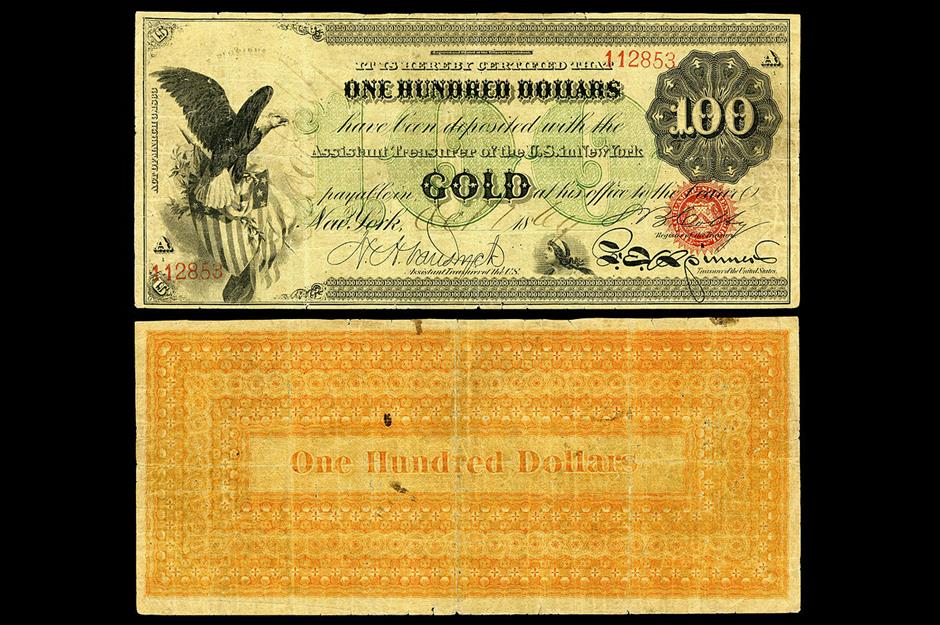
First nickel
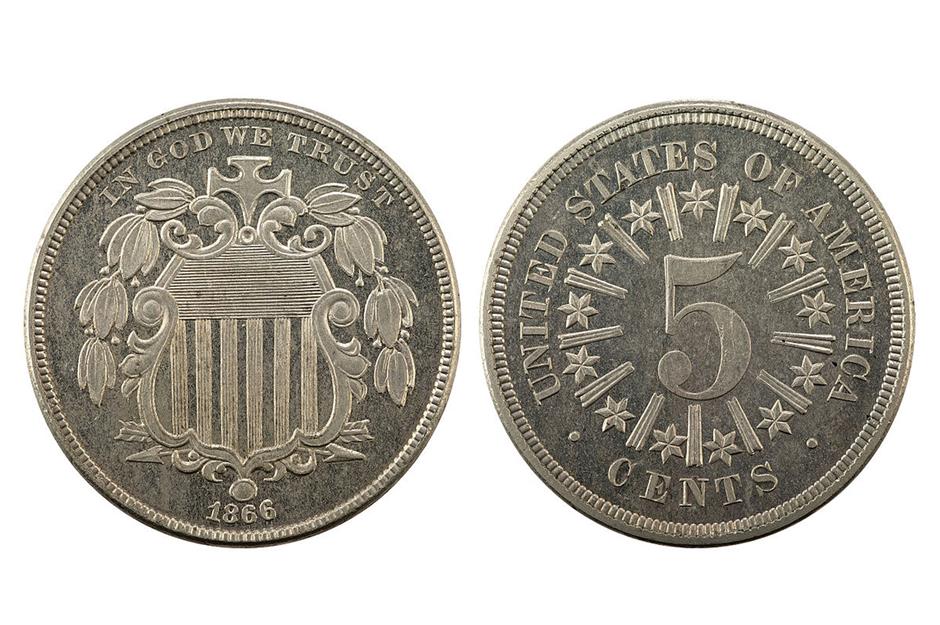
Silver certificates
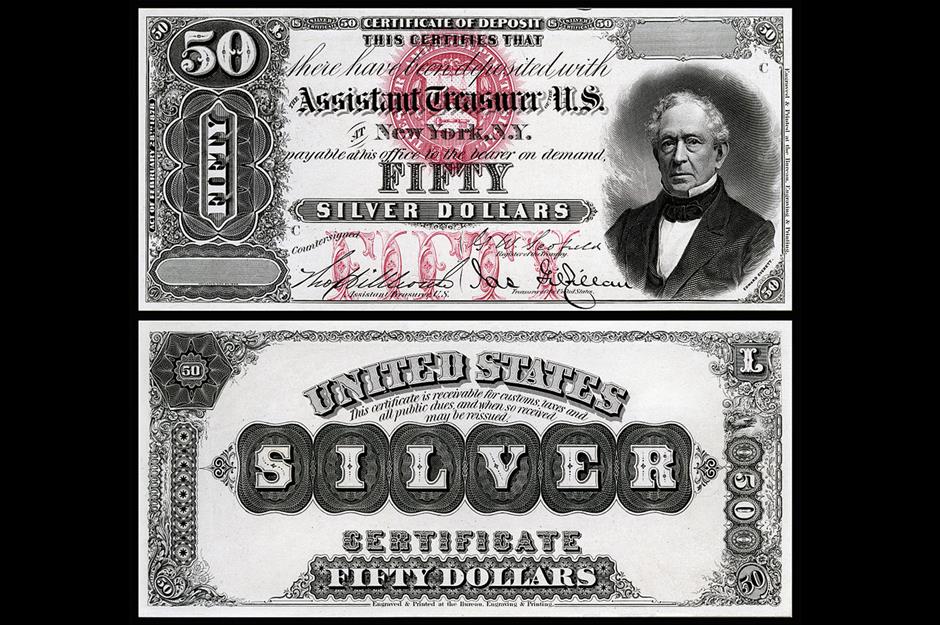
First wheat penny
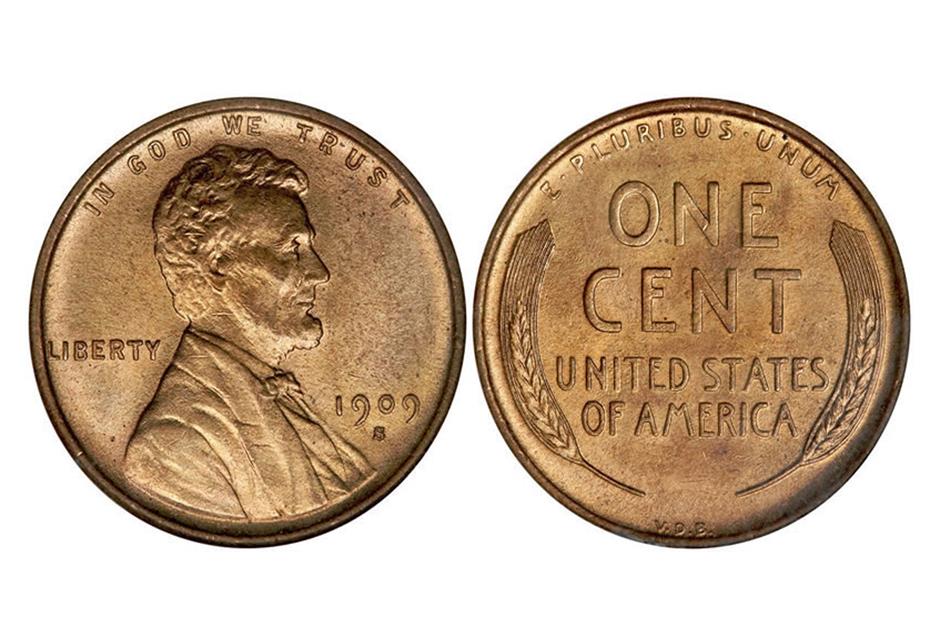
Federal Reserve creation
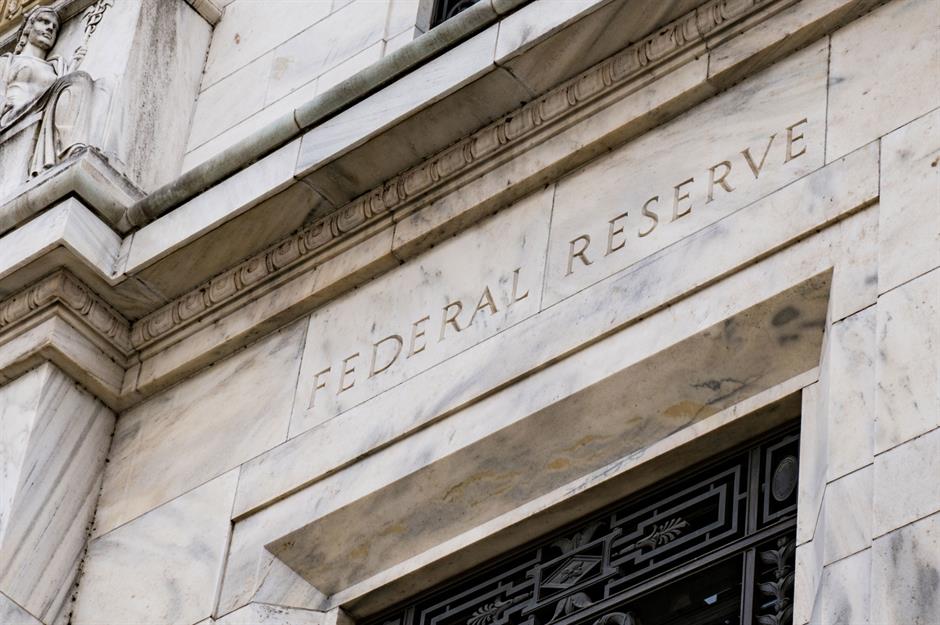
Federal Reserve Notes
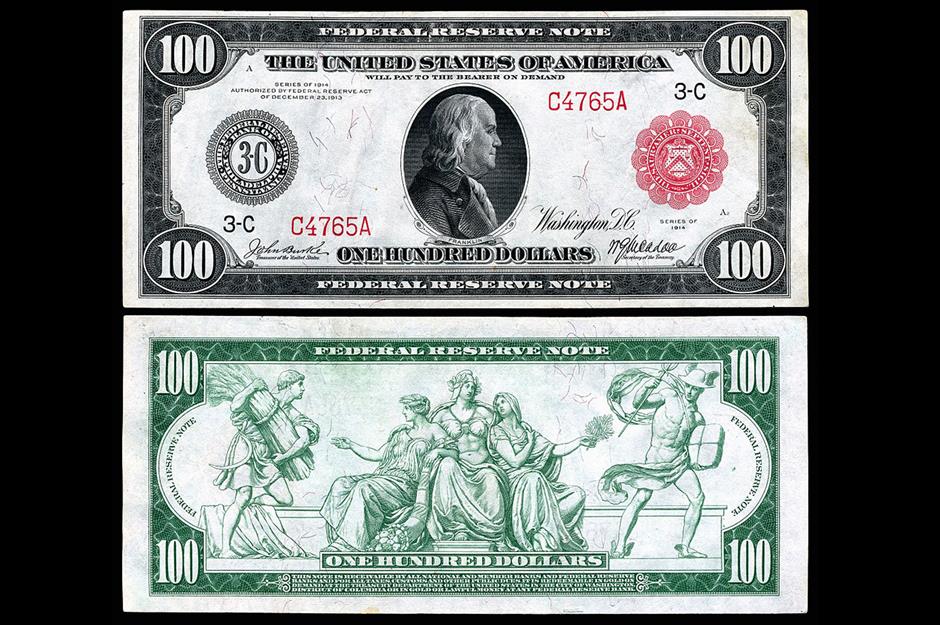
Small-size notes
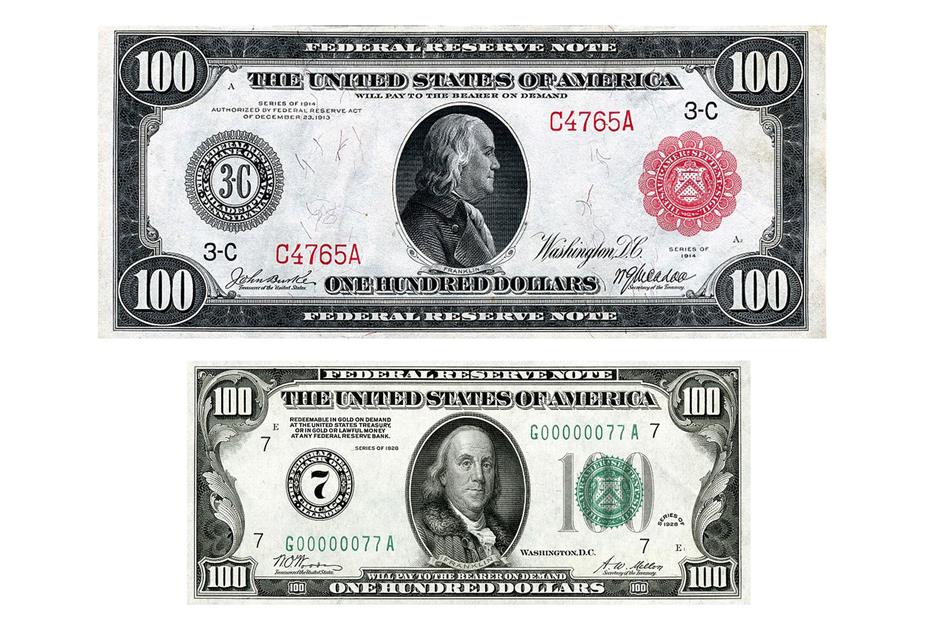
Six kinds of currency
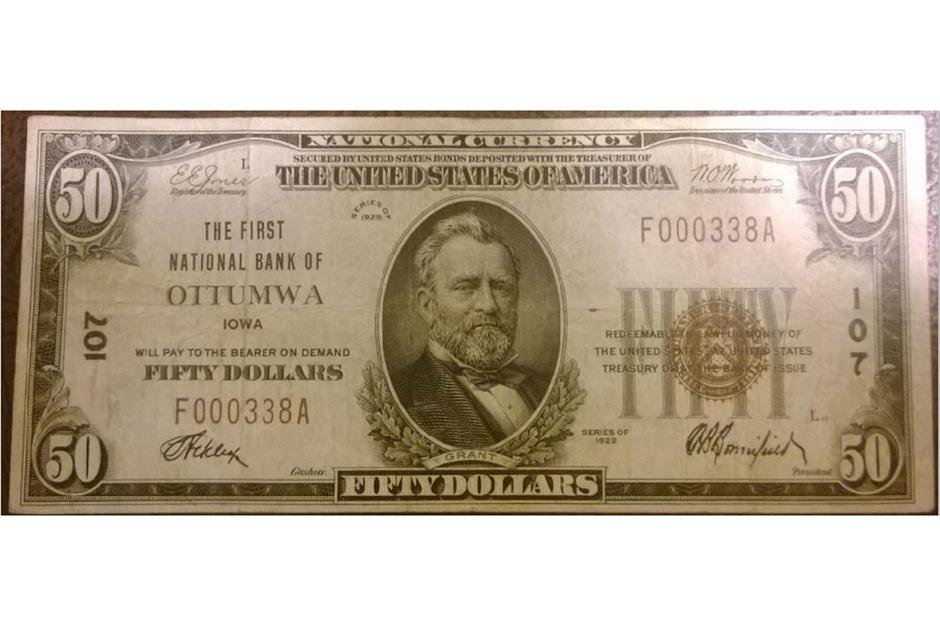
FDR's gold confiscation
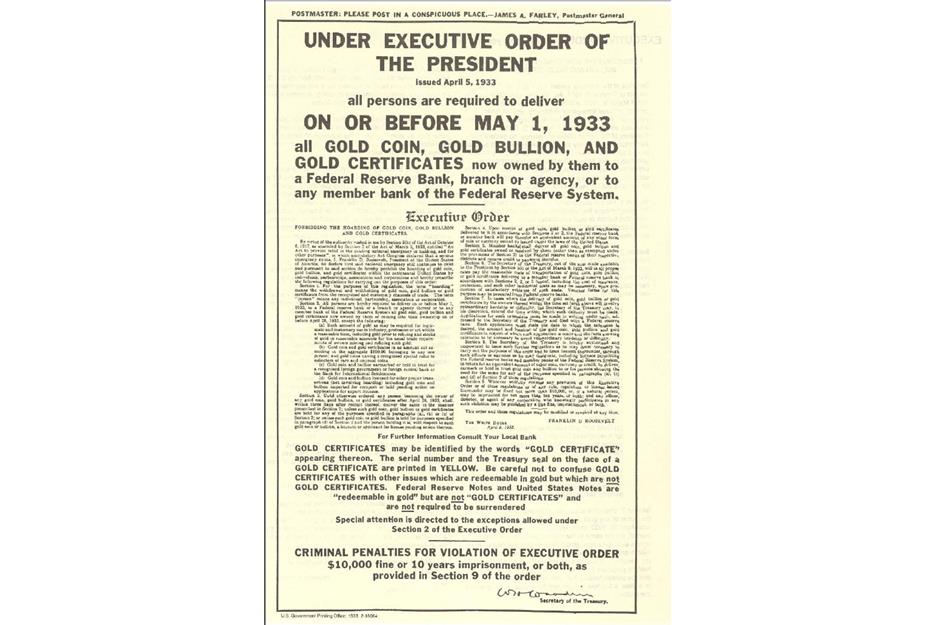
Dead presidents' portraits
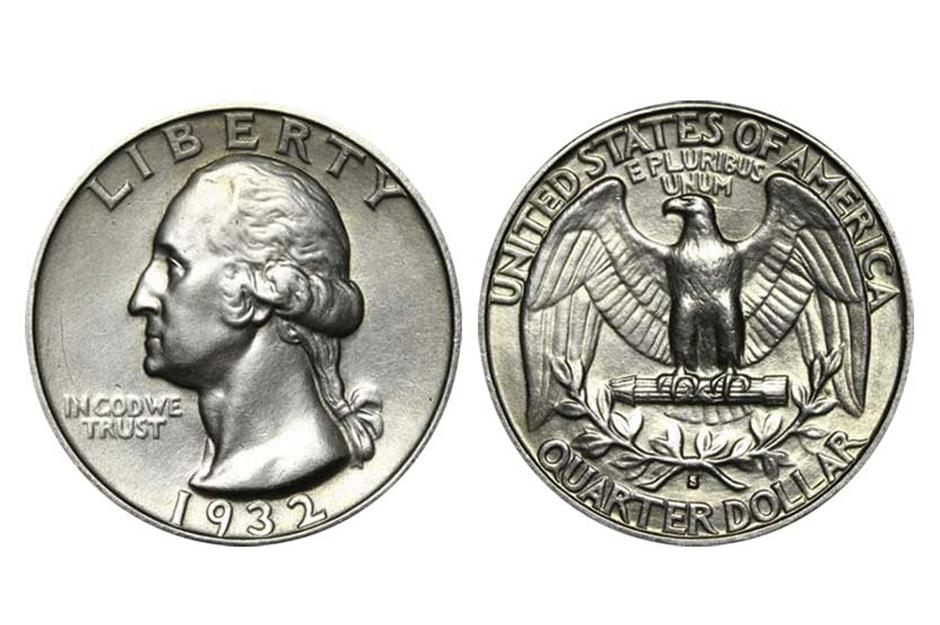
So long silver
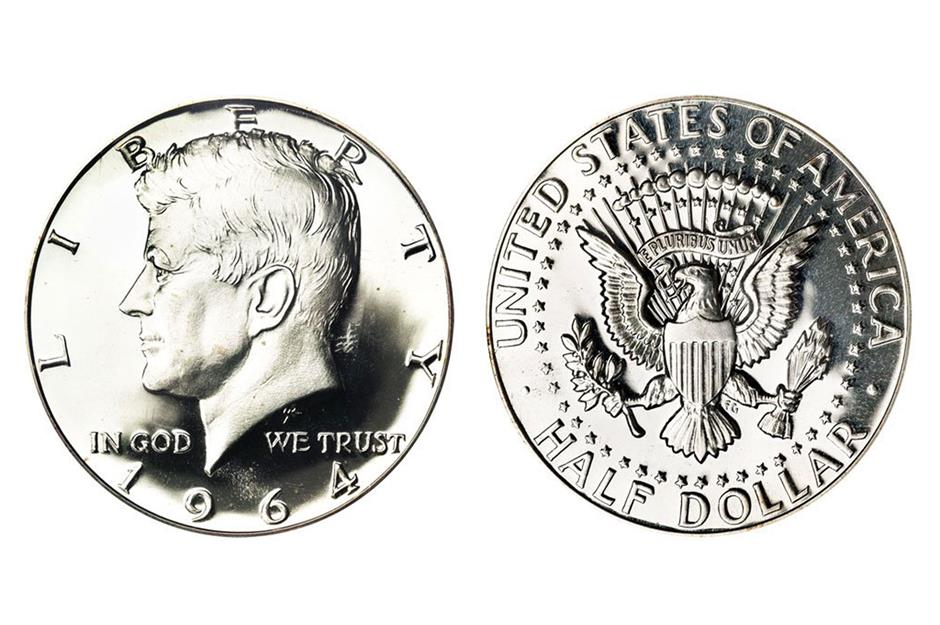
Big-money notes pulled
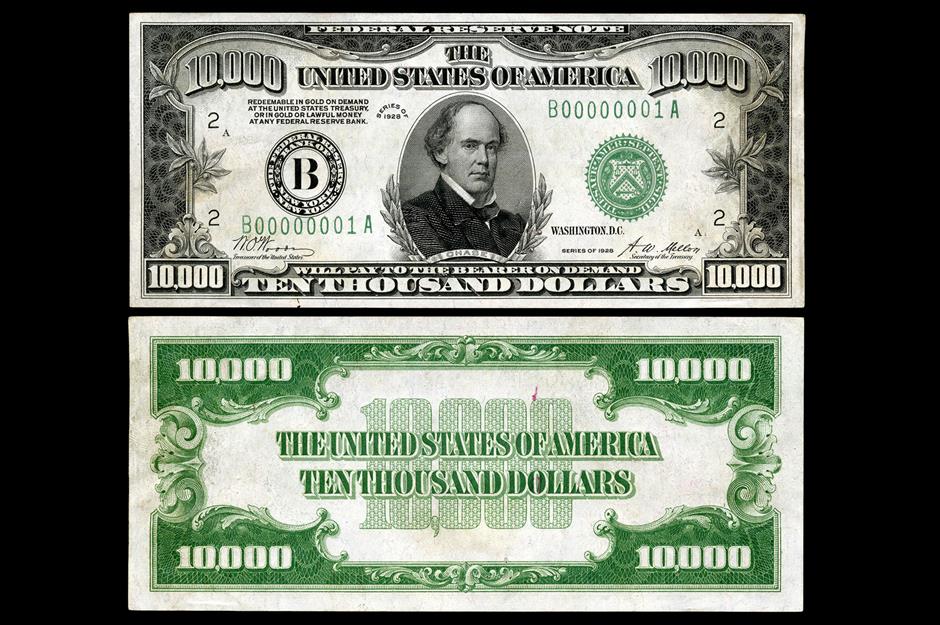
The mega-valuable $500, $1,000, $5,000 and $10,000 bills were last printed in 1945 but weren't discontinued until 1969. In reality, these low-demand, ultra-high denomination notes had all but vanished from circulation well before then. Most of them were incinerated by the Mint, but several hundred thousand are thought to exist, and remain legal tender.
Meanwhile, early big bills such as the 1890 Grand Watermelon $1,000 treasury note – so named because of the green zeros on the back – can sell for eye-watering amounts. In 2014, one example fetched a staggering $3.3 million at auction in 2014, making it the world's most valuable banknote.
Major changes
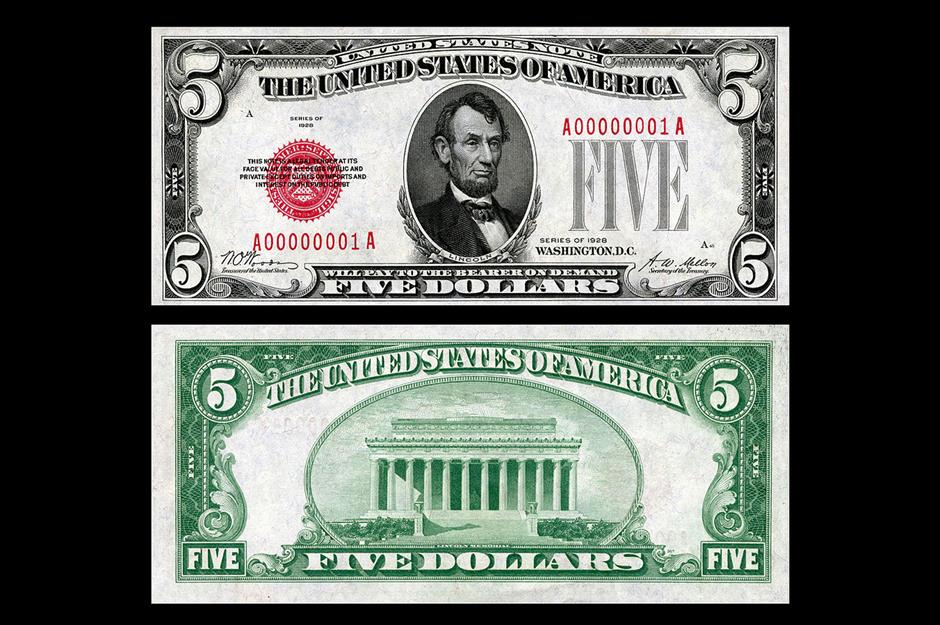
Other major changes to the dollar occurred in 1971. The US finally abandoned the Gold Standard once and for all, and United States Notes, which had been issued since 1862, ceased to be distributed in general circulation. The ending of silver redemption had made the notes virtually indistinguishable from the far more common Federal Reserve Notes, and more or less obsolete.
Security tweaks
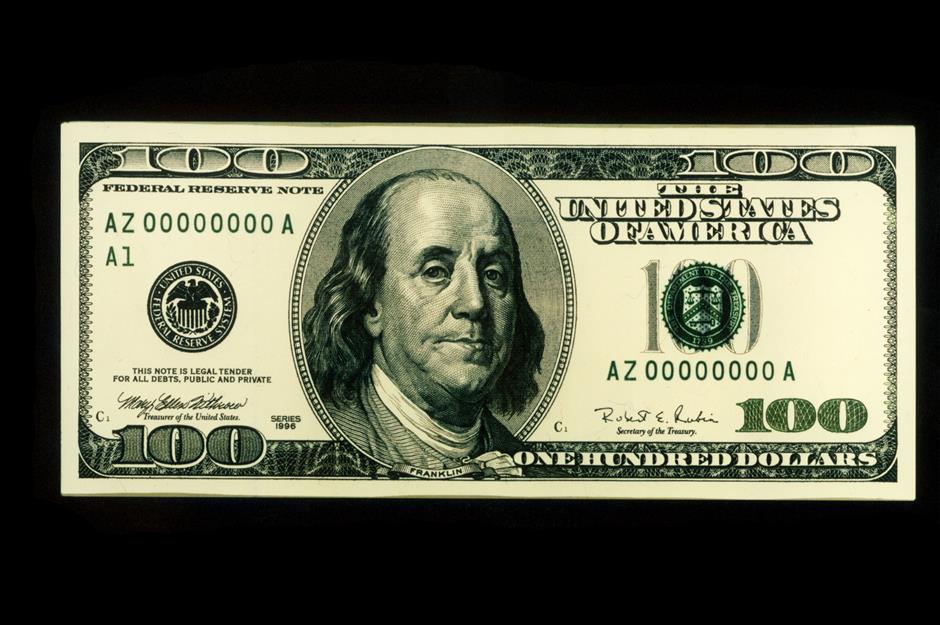
The design of US dollar notes had changed little since the 1920s and had become relatively easy to counterfeit with the sophisticated equipment available from the 1980s onward. The Fed took action in 1991 by introducing microprinting and security threads, and redesigned the $50 and $100 bills in 1996 to include enhanced security features. Redesigned $5, $10 and $20 bills followed, and a new $100 complete with blue security ribbon was issued in 2013.
Coin makeovers
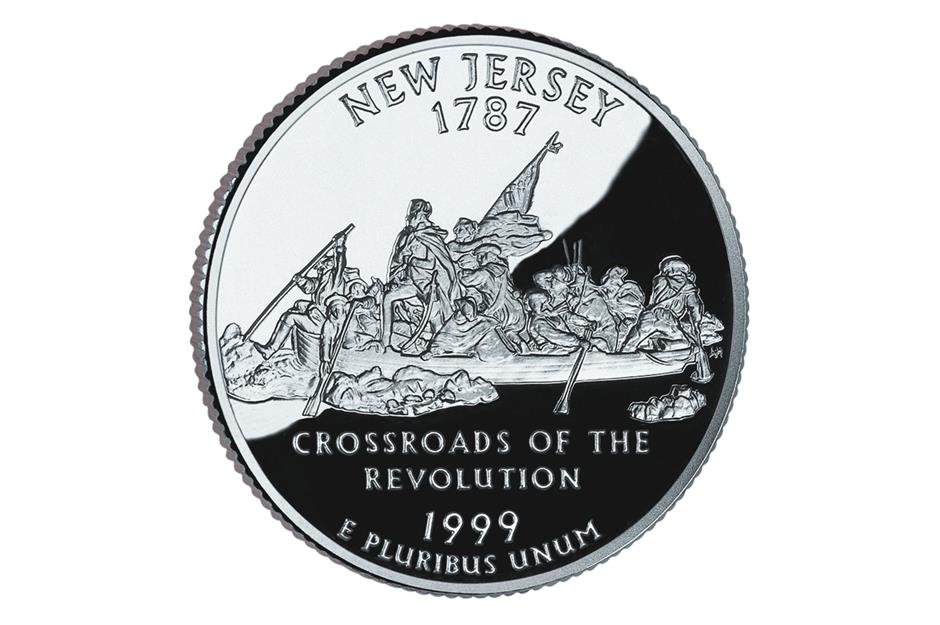
The $1 bill, which few fraudsters bother to counterfeit on account of its low value, is the only note to retain the old design. The classic eagle design on the reverse of the Washington quarter was canned in 1999. New nickel designs were introduced in 2004 and the cent got a makeover in 2009 to mark Lincoln's 200th birthday.
Recent developments
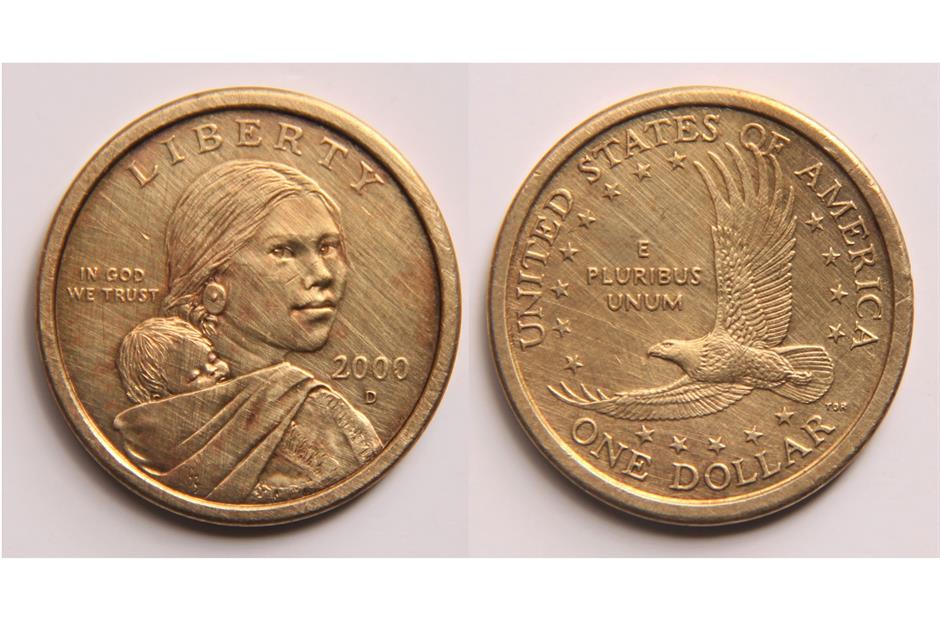
In 2011, the Mint stopped producing the much-maligned dollar coin, but Americans just won't let go of their $1 bills. Contrary to popular belief, the rare $2 bill remains in circulation though relatively few are printed. Looking ahead, a number of bills are set for a redesign in 2026, after plans to feature abolitionist Harriet Tubman on the $20 bill were put on the back burner by the Trump administration. According to original plans by the Bureau of Engraving and Printing, the $20 bill was supposed to be redesigned in 2020, followed by the $10 bill in 2026 and the $50 bill in 2028.
Making history
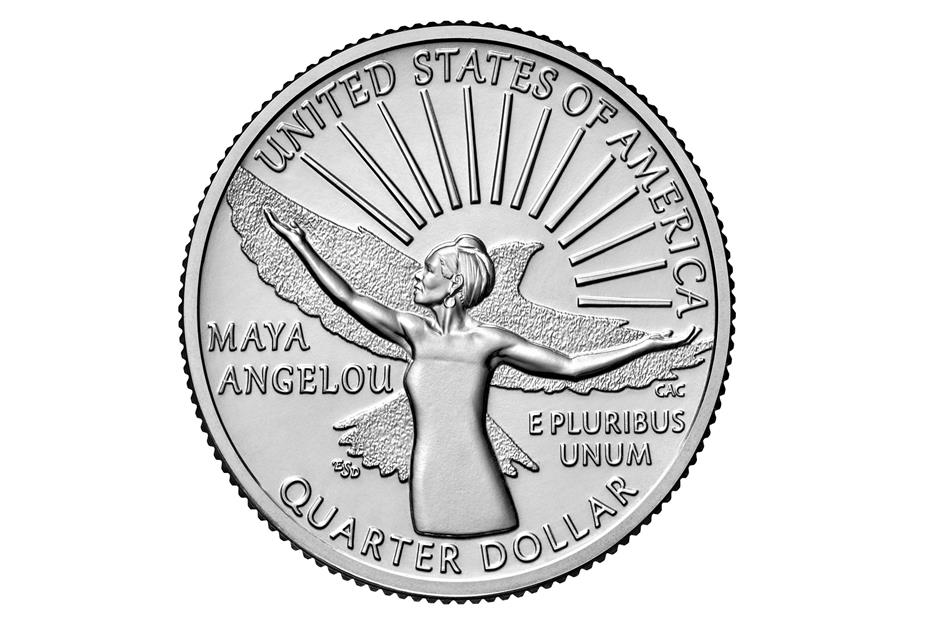
In January this year, the United States Mint unveiled the first coin in its American Women Quarters (AWQ) Program. On the reverse of the quarter is writer and activist Maya Angelou, who is now the first Black woman to appear on the US coin. Democrat congresswoman Barbara Lee put forward a bill championing the AWQ Program to "honor... phenomenal women, who more often than not are overlooked in our country's telling of history." Upcoming quarters will feature the astronaut Dr Sally Ride and Wilma Mankiller, principal chief of the Cherokee Nation.
Now see the American coins and bills worth far more than their face value
Comments
Be the first to comment
Do you want to comment on this article? You need to be signed in for this feature